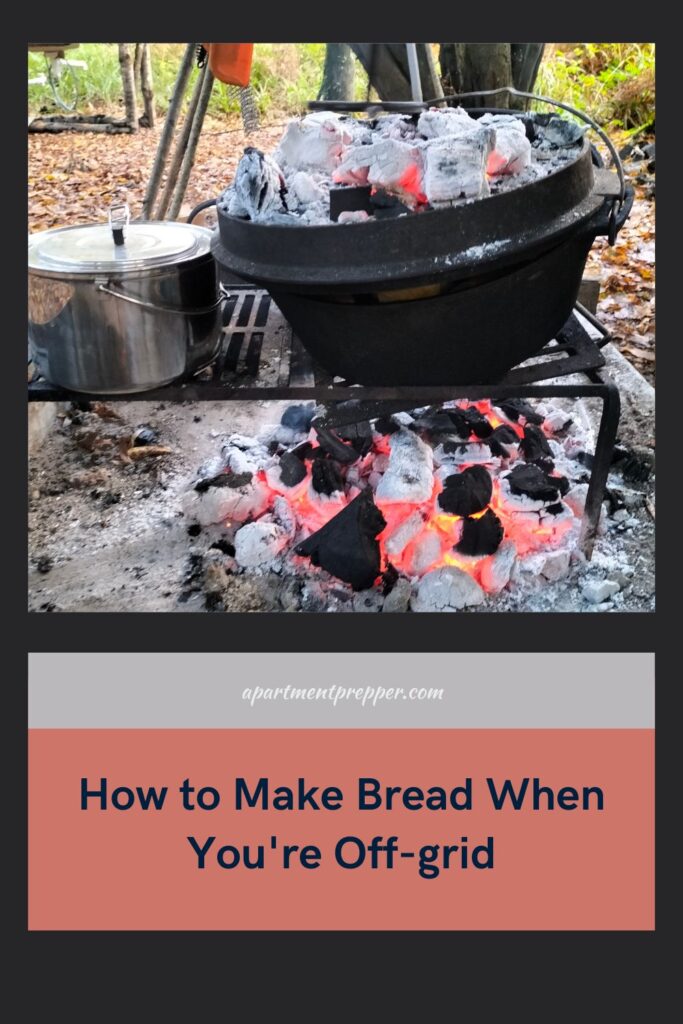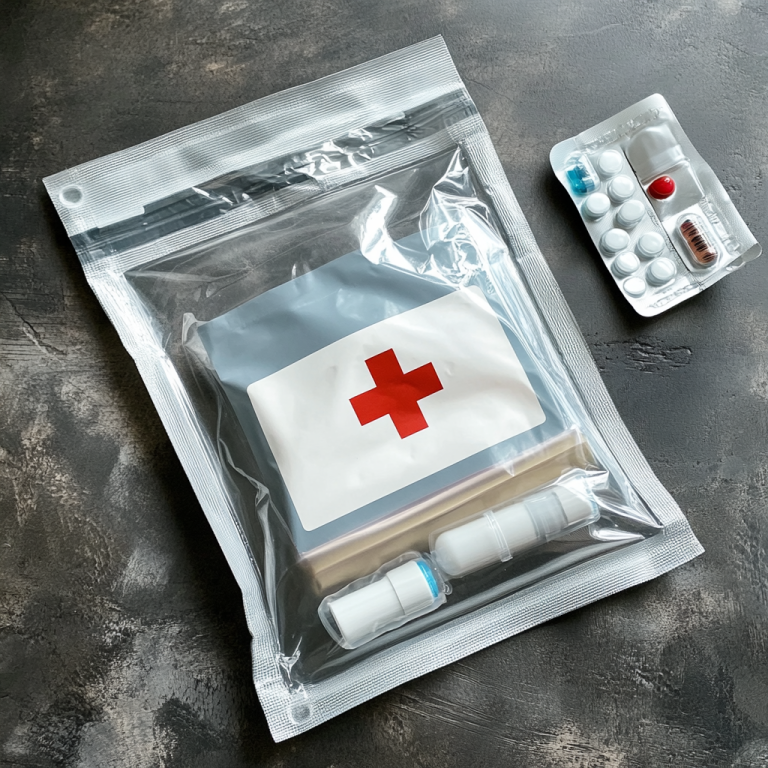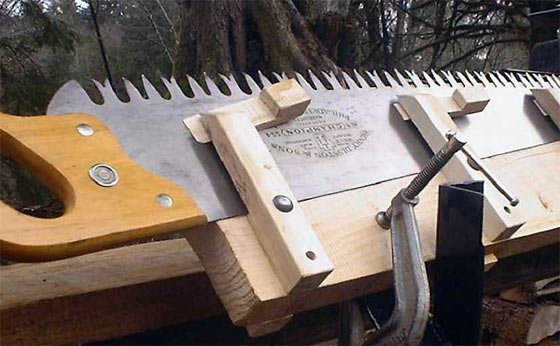Written by Kyt Lyn Walken Allsopp
Introduction
“There is not a thing that is more positive than bread.”
– Fyodor Dostoevsky
The term “comfort” is usually not associated with the common perception of being in the great outdoors. As a matter of fact, being comfortable seems to be more connected to staying at home, maybe relaxing on the couch, or watching television.
Nonetheless, for some individuals, comfort is intrinsically tied to being outside – in the woods, on some mountain peaks, on river lines. No matter what comfort means, the simple action of feeling relaxed and.. why not? “at home” is sheer joy, pure relief.
If we move on from a standard conception of comfort, we will notice how our minds tend to focus on facts and even objects that provide us an inner sense of relaxation.
Sounds, colors, and smells may do the rest.
One of these elements is bread. Simply as it is, bread represents a source of welfare and positivity, as mentioned in the above quote.
And, I mean, worldwide. Bread, in fact, crossed the ages with its constant presence in the daily lives of millions of people. The absence of bread sometimes was a symbol of war, pestilence, and famine. By that, it shouldn’t surprise us how much bread plays a special role in our lives, especially in the darkest moments.
Bread is life, but also comfort, hope, joy, and sharing.
These sound like the very basis of a good, Post-Apocalyptic Community, isn’t it?
This article will provide valuable tips on how to make bread with few ingredients and when you are off-grid.
Bread’s Nutritional Value
“With a piece of bread in your hand, you’ll find paradise under a pine tree.”
– Russian Proverb
As a staple food in quite all countries, bread has indeed a long history behind, which has been dictated by:
– geographical position
– culture
– availability of raw materials
– harvest time
and so on.
If we compare bread to other nutritional elements such as veggies, fruit, and nuts, we will clearly get how low it is in essential nutrients. It also hits poor levels of protein, minerals, vitamins, fibers (especially white bread), and fat.
On the contrary, bread shows high levels in terms of calories and carbs.
Nonetheless, depending on the type of flour you want to employ, you will have a good amount of fiber, and vitamins (in particular E and C). This is especially true when you resort to sprouted grains – which are very rich in vitamins! – or whole-heat (with a nice amount of fibers which favors digestion).
If we focus on nutritional facts, we will see that one slice of white bread (around 25 grams) contains 67 calories, 0.6 grams of fiber, 2 grams of protein, 13 grams of carbs, and 1 gram of fat.
One slice of whole-wheat (around 33 grams) bread contains 92 calories, 2 grams of fiber, 3 grams of protein, 17 grams of carbs, and 2 grams of fat.
A thin slice of sourdough bread (around 32 grams), contains 93 calories, 1 gram of fiber, 4 grams of protein, 18 grams of carbs, and 0.3 grams of fat (standing to Health Line).
It is no rocket science that bread contains gluten – so it can be very bad for those who have – or have developed an intolerance – and carbs. This is why the consumption of bread should always be daily checked and never overlooked.
Additionally, grains have a large amount of phytic acid.
This particular kind of acid can actually reduce – or even block the absorption of minerals (such as calcium, zinc, iron, and magnesium) you need to consume daily.
“In media stat virtus” (Virtue resides in balance). This is a powerful motto from the Romans.
And we can apply it to bread too.
Bread in a Survival Scenario
“Men can starve from a lack of self-realization as much as they can from a lack of bread.“
– Richard Wright
Those who are more prone to eat at least a slice of bread – or even an entire one – during meals may suffer the most from its absence if caught up in an emergency situation.
With a true abundance of all kinds of MRE (Meals Ready to Eat), dried food, energy bars, or whatever the role of bread seems to have lost its primordial power inside any survival context.
Not because it is too heavy to carry in our backpack, but because bread isn’t that… essential in terms of nutritional facts.
Long story short, bread isn’t considered a “strategic” food for an emergency situation.
Indeed it isn’t, but, as a matter of fact, it provides the above-mentioned comfort and joy if you need to stay in your bug-out place for any longer.
Those who dedicate themselves to the ancient and solid skills that are focused on bushcraft may tell you that bread is quite like a true companion.
And preparing bread in the great outdoors provides a sincere pleasure.
Especially if you share this pleasure with other people. Your family members, new mates, survivors like you. You name it.
To make bread once in the woods you need very few elements.
As a matter of fact, you can also skip the most important one – baking soda.
If this surprised you, read how you can still make some kinds of delicious bread without making it leavened with soda.
How to Make Farinata
“With bread, all sorrows are less” – Sancho Panza
The farinata, which is also also known as chickpea cake, is cake, a low-savory one. It is a cornerstone of Italian tradition.
Ingredients are:
2 cups chickpea flour
2 1/2 cups water
1 teaspoon salt
1/4 cup extra virgin olive oil.
You can keep the ingredients in ziplock bags, except for olive oil which requires a small tin canteen itself.
Chickpea flour is very high in vegetable protein, but you can indeed use any other kind of flour. Personally speaking, I made farinata by using rice flour, whole heat flour, sourdough, or oat flour.
The soft consistency is one of the main characteristics of this type of bread.
Preparation:
Mix all the ingredients in a collapsible bowl.
Stir them together until you get a perfect blended mix, with no bubbles.
Heat some oil in your skillet – you can easily find one in some bushcraft or camping stores or on websites, like Amazon– and then add your liquid dough.
Cook it for at least 3 minutes on each side, like an omelet.
Wait for it to cool down for 5 minutes and cut it into slices.
You can preserve it easily by keeping the leftovers in a dry and clean paper bag or by wrapping them with some aluminum.
Farinata can easily become part of your breakfast, lunch, and dinner!
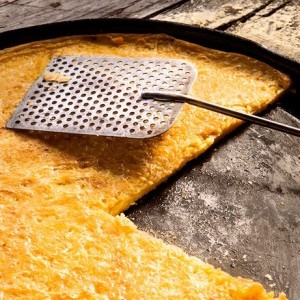
How to Make Chapati
“Peace goes into the making of a poem as flour goes into the making of bread.” – Pablo Neruda
Chapati is flatbread not leavened. It comes from the Indian subcontinent.
It is a common staple food in different areas, like Nepal, Bangladesh, India, the Caribbean, Sri Lanka, and Pakistan. It is also very popular in East Africa. Just to name a few.
Ingredients:
2 cups of whole-wheat flour
3/4 cup of water
1/4 teaspoon of salt
1- 1 1/2 tablespoons of oil (optional)
As in the case of farinata, you can go with other kinds of flour.
My suggestion is to avoid rice flour. Its consistency, in fact, isn’t the most suitable one to make chapati.
Preparation:
Mix all the ingredients in a collapsible bowl.
Stir them together, using a spoon or, in lack of one, with clean hands.
Make it patiently, until you have a homogeneous dough.
Give it a round shape using your hands similar to pizza.
Put it directly on your grill and turn it repeatedly to have good cooking on both sides.
Wait for it to cool down for 5 minutes.
As for farinata, you can preserve it easily for several days to come.
Keep it in a dry and clean paper bag or wrap your chapati bread in some aluminum or in some baking paper.
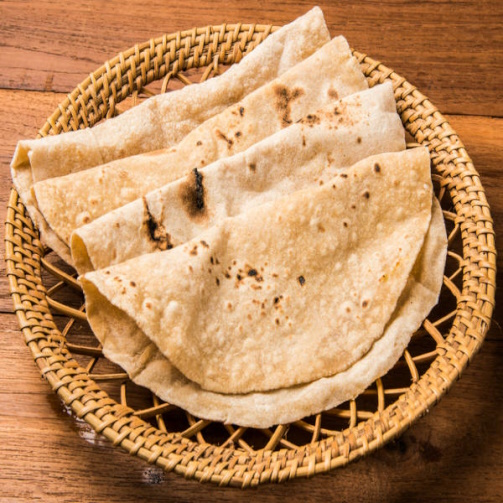
Conclusion
“Better dry bread in peacetime than meat in wartime.” – Hungarian Proverb
Simple recipes can help us to make our post-apocalyptic life more positive and comfortable.
Both farinata and chapati, in fact, are staple foods, and they smell and taste very good.
In the case of farinata, the only critical element to carry is surely olive oil. A good one, in fact, can happen to be expensive and not easy to find. You may try to replace it with coconut oil.
You can eat them with peanut butter, jams, or even jelly.
In case you are fortunate enough to harvest some fresh fruit or veggies or nuts, you can put them inside your farinata slices or chapati small breads.
Remember that you can always add more sugar or more salt to create a bread customized to your needs, and easy to preserve in case of long-term bugging out situations.
Easy to prepare, smells like home, lightweight: a lot of pros. They will become your sandwich of the woods!
Today’s societal climate not supportive of prepping. With your help, we can keep bringing you content that is often suppressed. Help keep Apartment Prepper alive.
Join me on Patreon for ad-free content.

Or Help out via Paypal

